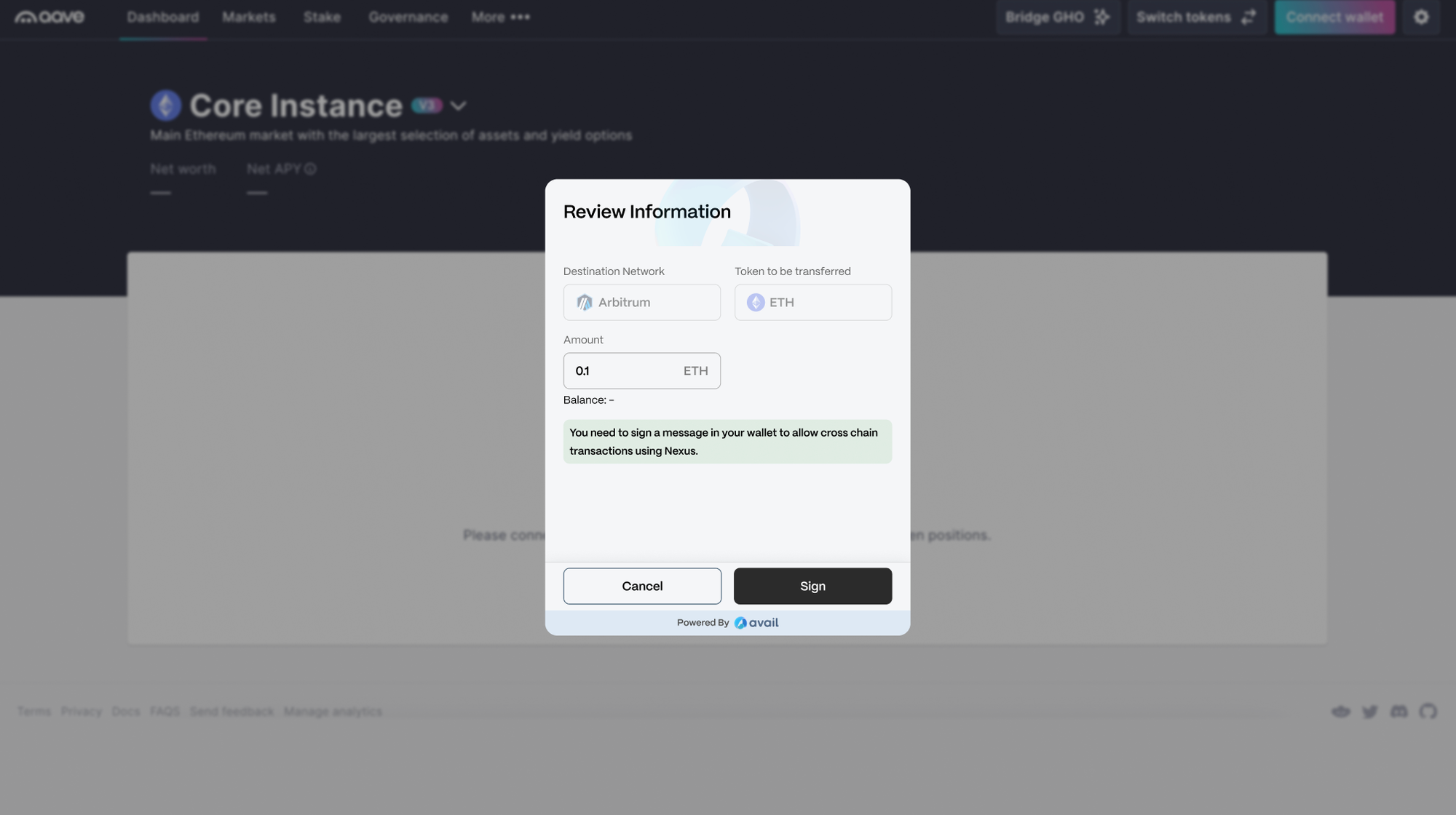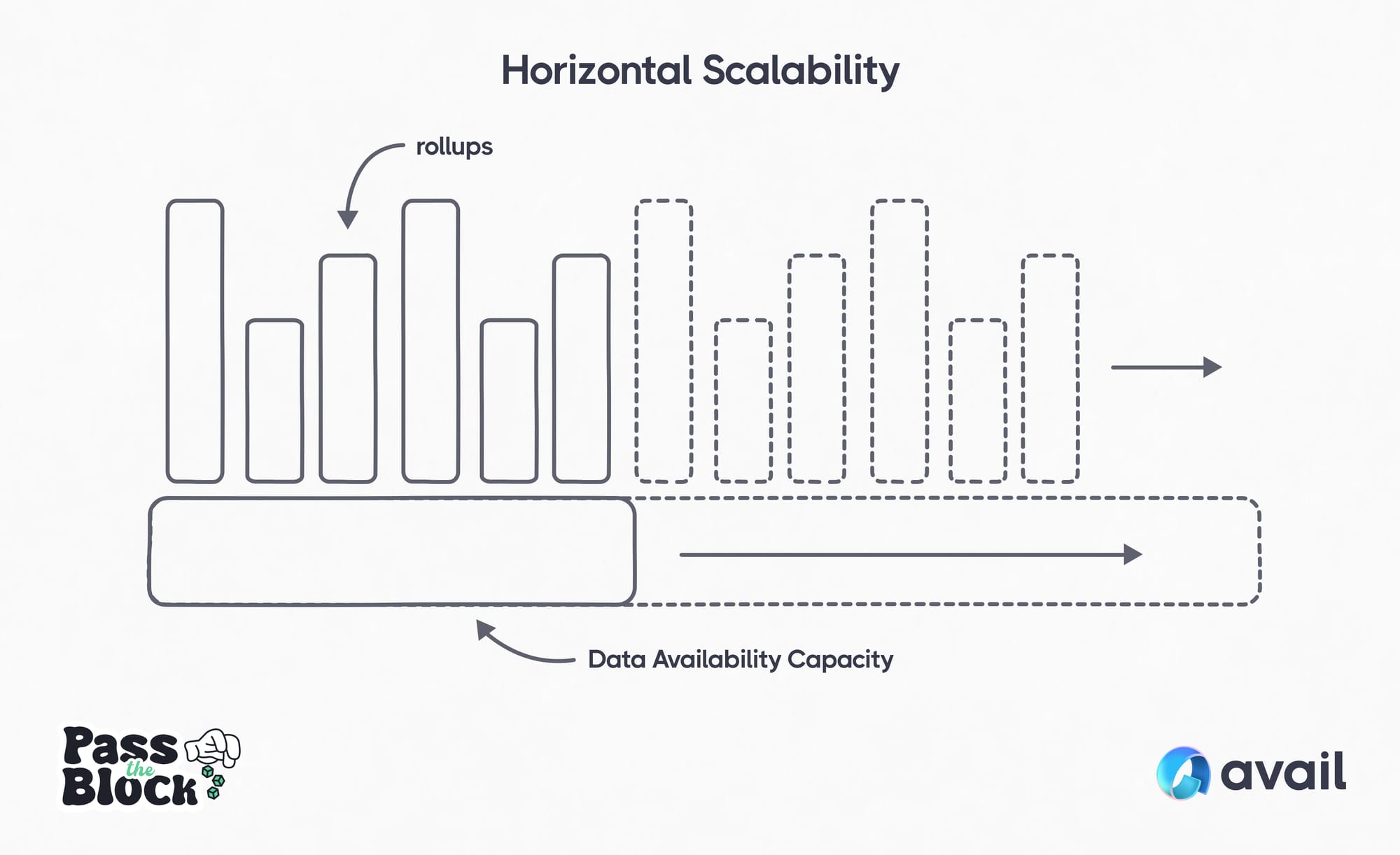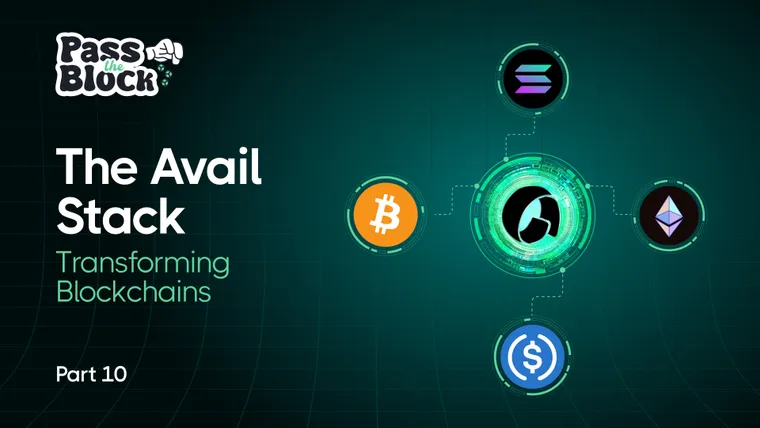The Avail Stack can be integrated with any existing tech stack, or used to quickly build-out powerful decentralized applications from the ground up. It improves the business case for any blockchain project with efficient cross-chain transactions, access to shared liquidity, composability with existing apps, streamlined transaction data management and a lot more.
It’s already being used to transform Social Media into SocialFi, raise funds for ambitious projects and tokenize the world’s financial assets.
Back To Basics: Asset Tokenization
Tokens can digitally represent any form of value from art to skyscrapers, stablecoins, or even crypto kitties. The characteristics these tokens possess is largely determined by the platform they’re built on.
Tokens deployed on Ethereum for example, get access to deep liquidity pools and an expanse of popular apps, however you could expect to pay higher fees during peak loads and maximum throughput is limited. You can recommend that token holders bridge their assets to one of the supported Layer 2 ecosystems, however once there, they might find it hard to move their tokens between different L2s, and moving them to a different L1 ecosystem might be ruled out entirely.
This is not how Web3 scales. With hundreds of disparate ecosystems and thousands of technologies for engineers to choose between, what’s needed is a toolkit that enables better consolidation.

The Avail Stack offers this. It empowers developers to tokenize assets quickly with flexibility to integrate existing ecosystems and technologies. Tokens can flow seamlessly between blockchains and are surfaced right when they’re needed, within the user’s app. All of this can be added with minimal integration logic. Handling complex tasks like cross-chain bridging, managing composability between different applications and scaling are taken care of, enabling developers to ship much faster and with more freedom.
Real World Asset (RWA) Tokenization Example
RootVX is an RWA tokenization platform. It’s being built on the Avail Stack and offers maximum flexibility for token holders within the emerging tokenization landscape. Web2 and Web3 businesses will be able to use the platform to tokenize various assets, including real estate, private equity, commodities, and financial instruments.
The assets tokenized on RootVX will not be restricted by common scalability and interoperability constraints, allowing for broader adoption among new and existing financial markets. The days where scalability and usability constraints hold blockchains back from serving global financial markets are rapidly coming to a close.
Ship Faster With The Avail Stack
The Avail Stack delivers modular data availability, seamless interoperability, and ZK-verified execution, so you can build faster, cheaper, and without compromises. The Avail Stack makes it easy to bring new apps to market faster, with numerous upgrades for those held back by legacy blockchain technology.
Crosschain Interoperability
Nexus enables developers to link their apps with others across different blockchains without navigating complex token flows. Apps such as RootVX can offer users seamless access to AMMs, liquidity pools and DEXs from multiple networks, all without requiring them to manually bridge assets. Avail Nexus simplifies complex token flows into a simple UI on the front-end, where users sign and approve transactions.

Connections between ZK, Optimistic and Sovereign blockchains are all abstracted away from users. Developers configure the verification method on setup, offering faster transactions with optimistic or liquidity based transfers, or, more secure ZK and TEE based verification methods.
A developer can use the Avail Stack to process a billion dollar transfer using ZK proofs with zero centralizing infrastructure, or they can approve a smaller authorization using liquidity bridging, or optimistic transactions with a challenge period. Either way, the developer chooses what’s right for their specific use case, so they can seamlessly move tokens across networks and between different applications.
Horizontal Scalability
Throughput limitations are still a problem for first generation, monolithic blockchain designs. Given enough demand, these blockchains can’t process higher transaction volumes, or reliably serve high-throughput use cases, because they are limited by their inability to scale data availability capacity.
Built on the same technology earmarked for Ethereum’s Danksharding roadmap, Avail efficiently scales data availability capacity with demand, removing this bottleneck. In less than a year the Avail mainnet has doubled DA capacity from 2 - 4MB per block. Both 8MB and 16MB have been tested, which will begin rolling out on testnet and mainnet, and the team has unveiled a path to reach 10GB blocks with a 600ms block time.

TurboDA is already in production today and in use by partner chains. It will soon become available to everyone, offering the fastest way to post data to Avail. It has error handling and retry logic built-in, and can be added to any app with a simple API integration. It supports DA payments with native ERC-20 tokens, and it gives end users pre-confirmations in just ~250ms.
Enigma DA is the first encrypted data availability (DA) service designed for transporting sensitive data on public blockchains. This enables private rollups to submit encrypted data to Avail’s public blockchain without leaking confidential information, and it’s perfect for institutions seeking to build private rollups without compromising on the benefits of public blockchain networks. RootVX again offers a great example here, where Avail’s public blockchain network will keep all the data publicly available but encrypted for all, except those with the decryption key.
World class teams like Sophon, Space and Time and Lens are already implementing the Avail Stack in production to boost DA capacity and reduce operating costs. Sophon recently became the first ever validium to verify data attestations on Ethereum, followed by Lens, proving the Avail Stack’s ability to help scale Ethereum.
ZK Execution Runtime
Avail is horizontally scalable by design and that extends to its versatile and hyper-efficient ZK execution runtime. Turing complete blockchains suffer from fundamental scalability constraints when it comes to executing transactions. That’s because any Turing complete chain will suffer from congestion given sufficient demand, halting the chain and negatively impacting the experience for others on the network. In order to avoid this, the Avail Stack has adopted a more efficient approach.
The Avail stack is unopinionated and can support any execution environment on top. App developers can bring any execution environment they like, run it off chain and verify it on Avail. This is enabled by ZK verification on the base layer. It allows the Avail Stack to verify any execution environment, in fact, it can prove any arbitrary logic that’s written into a ZK App, similar to a smart contract. If you want to verify execution from an EVM, SVM or MoveVM chain, you can prove it on the Avail base layer with a ZK app.

Now, no matter how much execution is run on chains integrated with the Avail Stack it won’t bloat the base layer. A ZK proof gets submitted, which the ZK App checks and verifies to make sure everything was executed correctly.
Verifiable Light Clients
With mature blockchains becoming prohibitively expensive and complicated to verify, everyday users started to rely on trusted third parties instead of verifying the network directly. The Avail Stack’s Light Client changes that, extending cryptographic verification to where it’s needed most, on end user devices.

With advanced cryptography and data availability sampling (DAS), light clients can provide every node in the network with full node guarantees. Phones, browsers and edge devices become cryptographic verification tools for the network. Building a based or sovereign rollup natively with the Avail Stack will provide the most extensive coverage for apps, however other integrations like a validium or optimum can still verify data availability guarantees with the same level of certainty.
The Light Client is an effective tool for increasing the decentralization of any network. Simply posting data to Avail and verifying it through light clients gives every user in the network the assurances that data posted to the network is available and unaltered, guaranteeing user assets cannot be seized.
This mobile first decentralization method is incredibly valuable for consumer facing apps and services like self-custody wallets, exchanges, payments and identity management. The light client is customizable and extendible making it a versatile component for experimentation. One such example comes from Sophon, where they adapted the Light Client to play a key role in a $60m fundraise via a node sale. Registered participants who took part in the node sale and received an NFT are able to run a guardian node to verify and secure the network in return for SOPH token rewards. Because light clients can run on consumer grade hardware, they appeal to a much wider user base, including non-technical users who are usually excluded from verifying blockchain networks.
Multi-Asset Security
One of the benefits of launching a rollup instead of an independent blockchain is the ability to inherit crypto-economic security. To incentivize alignment across the full breadth of the blockchain ecosystem, Avail Fusion adopts a multi-asset token staking approach which provides additional security to the network.

Developers can leverage a basket of staked assets to secure apps and run validated services. Tapping into the Fusion staked assets, which will include tokens like BTC, SOL, ETH and others gives ample room for collaborative and community aligned staking assets. Cross chain asset transfers between different networks can be actively secured by the assets of those networks, adding much greater community alignment at a macro level.
The AVAIL Token
The AVAIL token is used throughout the Avail Stack to pay for services and secure the network. It’s used natively within the Avail Stack, together with the tokens of integrated chains.
The AVAIL token is used to:
- Execute crosschain transactions with Nexus
- Post transaction data to Avail
- Secure Mainnet (through community validators & stakers)
- Incentivise and reward active community members, including higher yields for Fusion stakers
Chains deploying on Avail can create Native tokens and in some instances, these tokens will be implemented within Avail Fusion to help secure the network.
Projects integrating with the Avail Stack may also choose to allocate native tokens to Avail token holders over time.
Getting Started With The Avail Stack
Whether you’re currently planning your next blockchain project or live in the market already, the Avail stack offers a wide range of integration options to keep your application on the cutting edge of modern blockchain design.
If you’d like to learn more about how the Avail stack can be used to help your project, get in touch via this form and our team will be in touch.


